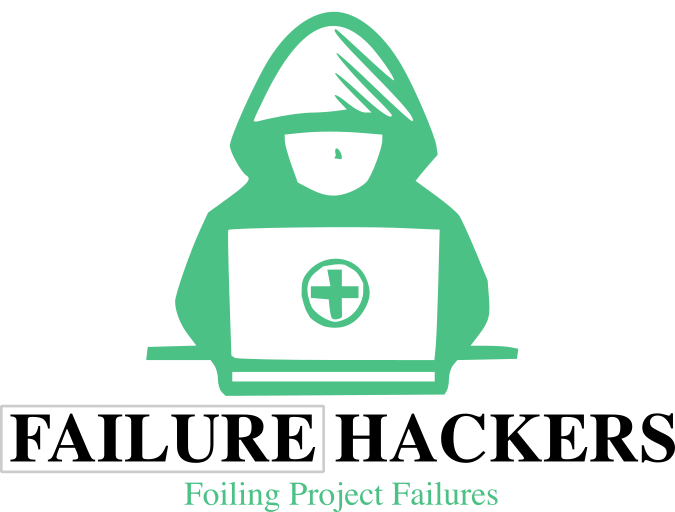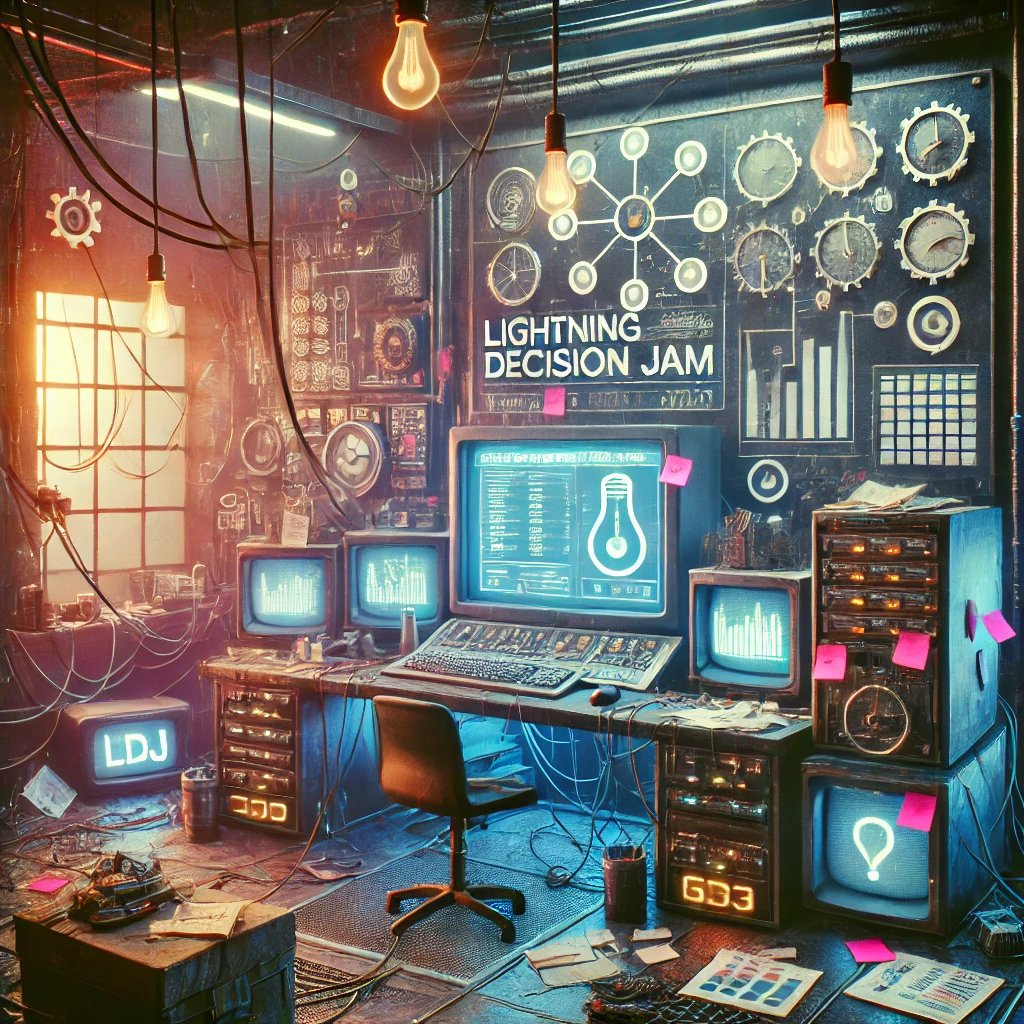Agenda, Timings, and Board Templates
In today’s fast-paced world, time is often the most precious commodity. When it comes to decision-making, speed without sacrificing quality becomes essential. Enter the Lightning Decision Jam (LDJ)—a dynamic technique designed to help teams rapidly generate ideas and reach decisions in a short period. In this article, we’ll explore how to facilitate a 45-minute LDJ session, complete with an agenda, timings, and board templates to ensure a smooth and efficient flow.
What is a Lightning Decision Jam?
A Lightning Decision Jam is a structured workshop format that helps teams tackle challenges, prioritise ideas, and make decisions quickly. Developed by the design consultancy AJ&Smart, the LDJ allows participants to articulate problems, brainstorm solutions, and vote on the best ideas—all within a compact time frame. This method is particularly useful for teams looking to break through analysis paralysis or when faced with urgent decisions.
Why You Should Use an LDJ
- Efficiency: The LDJ condenses traditional brainstorming and decision-making processes into a vigorous session.
- Inclusivity: Every participant has the opportunity to contribute, ensuring a diversity of perspectives.
- Focus: By limiting the time allocated to each activity, teams can concentrate on what truly matters—making informed decisions.
Preparing for Your Lightning Decision Jam
Before diving into the agenda, it’s crucial to ensure that you have the right materials and setup.
Materials Needed
- Sticky notes: For idea generation
- Markers: To capture thoughts on the board
- Whiteboard or large sheets of paper: For visualising the process
- Timer: To keep track of each segment
- Voting dots or stickers: For prioritisation
- Digital collaboration tools (if remote): Tools like Miro, MURAL, or Jamboard
Setting Up the Room
If you’re conducting an in-person session, arrange seating in a circle or U-shape to encourage open communication. For remote sessions, ensure that all participants have access to the digital board and materials beforehand.
The 45-Minute Lightning Decision Jam Agenda
Here’s a streamlined agenda to effectively conduct a 45-minute LDJ:
- Introduction (5 minutes)
- Welcome participants and explain the purpose of the session.
- Briefly outline the LDJ process.
- Problem Identification (5 minutes)
- Each participant writes down the main problem on sticky notes.
- Collect and group similar issues on the board.
- Solution Brainstorming (10 minutes)
- Participants write possible solutions to the identified problem on separate sticky notes.
- Encourage quantity over quality—no idea is too far-fetched at this stage!
- Presentation of Ideas (5 minutes)
- Participants present their solutions, placing them on the board as they share.
- Allow a brief moment for clarification if needed.
- Voting (5 minutes)
- Each participant receives three voting dots/stickers.
- They place dots next to the solutions they believe are the most impactful or feasible.
- Top Solution Selection (10 minutes)
- Review the votes and identify the top three solutions based on popularity.
- Discuss briefly why these solutions resonate the most.
- Action Planning (5 minutes)
- Assign roles for the top three chosen solutions.
- Discuss next steps and timeline for implementation.
- Wrap-up (5 minutes)
- Thank participants for their contributions.
- Summarise the outcomes and next steps.
Timing Breakdown
| Activity | Time |
|---|---|
| Introduction | 5 mins |
| Problem Identification | 5 mins |
| Solution Brainstorming | 10 mins |
| Presentation of Ideas | 5 mins |
| Voting | 5 mins |
| Top Solution Selection | 10 mins |
| Action Planning | 5 mins |
| Wrap-up | 5 mins |
Board Template for the Lightning Decision Jam
To help you visualise the LDJ process, here’s a simple board template you can use:
|----------------------------------|
| Problem Space |
| (Collect problems from |
| participants on sticky notes) |
|----------------------------------|
|----------------------------------|
| Solutions Space |
| (Write down solutions |
| next to the problems) |
|----------------------------------|
|----------------------------------|
| Voting Space |
| (Sticky dots for voting) |
|----------------------------------|
|----------------------------------|
| Selected Solutions Space |
| (List top three solutions) |
|----------------------------------|
|----------------------------------|
| Action Plan Space |
| (Who will do what and by when) |
|----------------------------------|Tips for a Successful LDJ
- Set Ground Rules: At the start of the session, establish ground rules such as ‘one person speaks at a time’ or ‘no judging ideas during brainstorming’ to create a safe space for creativity.
- Stay Time-Conscious: Use a timer to keep each section on track. If discussions run long, gently guide participants back to the schedule.
- Encourage Diversity of Thought: Remind everyone that all ideas are welcome, no matter how unconventional.
- Follow-Up: After the session, send out notes summarising key decisions made, action items, and who is responsible for each task. Keeping the momentum going post-LDJ is critical for implementation.
- Iterate and Improve: After conducting your LDJ, reflect on what worked well and what could be improved for future sessions. Gather feedback from participants to enhance the experience.
Conclusion
Facilitating a 45-minute Lightning Decision Jam is not just about making decisions quickly; it’s also about harnessing the collective intelligence of the group. By following the agenda and timings outlined above, alongside using the provided board template, you can create an engaging and effective decision-making environment.
So, set the scene, gather your team, and prepare to tackle those pressing challenges head-on. With LDJ, you’ll find that quick and thoughtful decision-making is not only achievable but also enjoyable. Happy facilitating!

